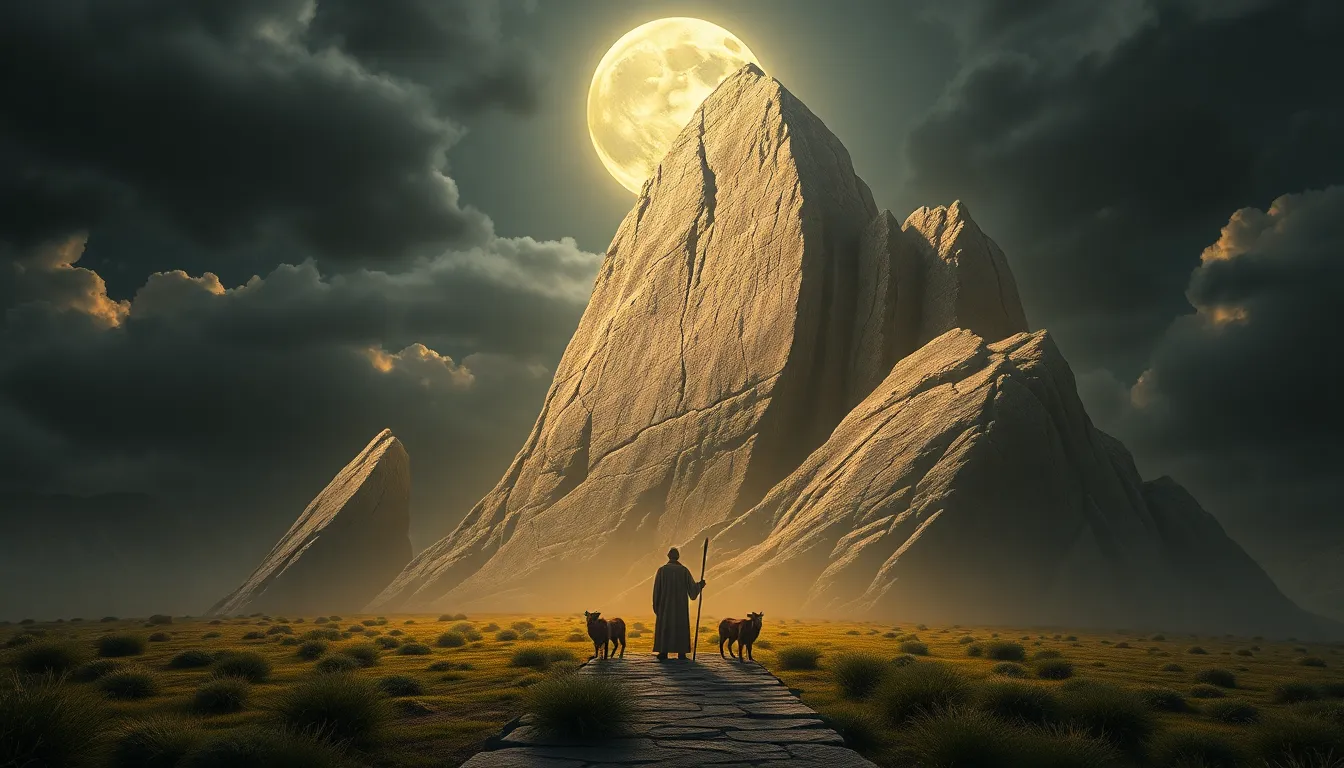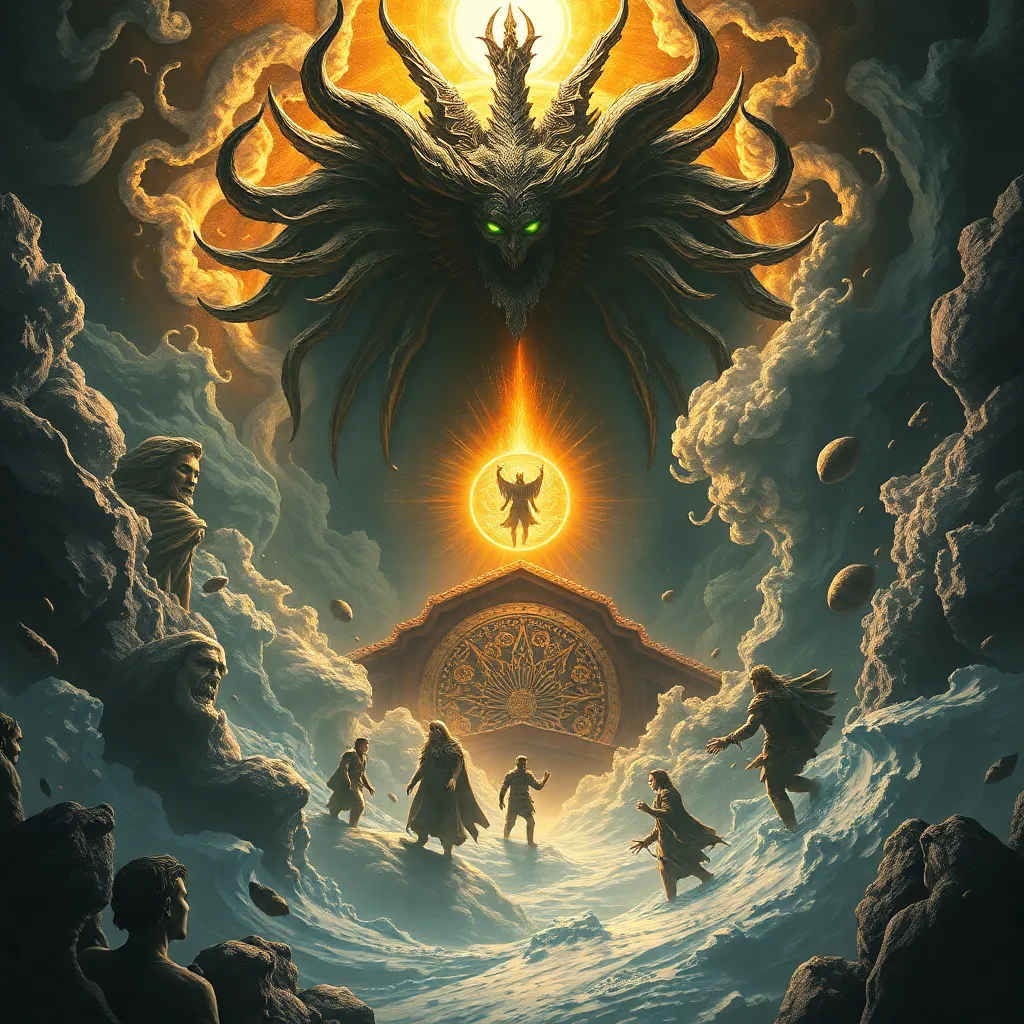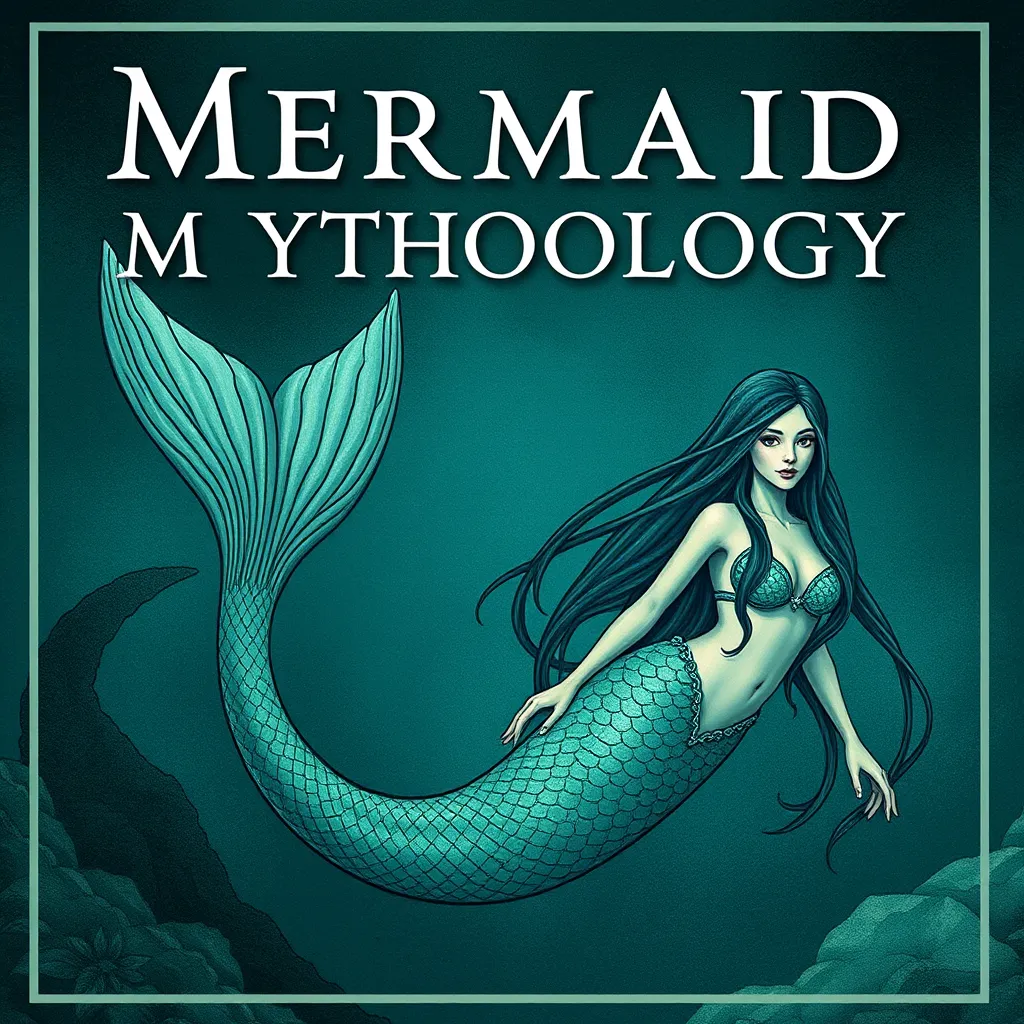The Roc in the Age of Greek Travelers: Fact or Fiction?
I. Introduction
The Roc, a mythical bird of enormous size, has captivated the imagination of many throughout history. In mythological contexts, it is often described as a creature capable of carrying off elephants and other large animals. This legendary creature serves as a fascinating subject in the study of ancient travel narratives, particularly those from Greek explorers.
Greek travelers played a significant role in the dissemination of knowledge about distant lands, cultures, and creatures. Their accounts often blended observation with myth, leading to stories that straddled the line between reality and fiction. This article aims to explore the origins and credibility of the Roc narrative, examining whether it is rooted in fact or purely a figment of imagination.
II. Historical Context of Greek Exploration
The era of Greek exploration and trade, particularly during the 5th and 4th centuries BCE, saw a surge in travel and cultural exchange. Greek merchants and explorers ventured into unknown territories, seeking trade routes and new resources.
Notable Greek travelers such as Herodotus, often referred to as the “Father of History,” and Pausanias, a Greek traveler and geographer, made significant contributions to our understanding of ancient cultures through their writings. Their accounts not only documented the lands they visited but also included observations of local fauna, flora, and customs.
In many of these accounts, the blending of myth and reality became evident. Travelers often recounted extraordinary tales that combined their observations with the folklore of the regions they explored.
III. The Roc in Mythology and Literature
The Roc is described in various ancient texts, most notably in the writings of the Persian poet Ferdowsi and in the tales of “One Thousand and One Nights.” In these narratives, the Roc is depicted as a colossal bird, capable of carrying vast loads and soaring high into the sky.
When comparing the Roc to similar mythical creatures in other cultures, one can draw parallels to the Garuda in Hindu mythology, a divine bird-like creature, and the Thunderbird in Native American folklore. These similarities highlight a common theme across cultures of giant avian beings that possess supernatural abilities.
The role of the Roc extends beyond mere myth; it also appears in Greek and Persian literature as a symbol of the unknown and the extraordinary, often serving to illustrate the limits of human understanding in the face of nature’s wonders.
IV. Evidence of the Roc’s Existence
Exploring historical accounts that mention the Roc reveals a mix of interpretations. Some travelers, such as Marco Polo, claimed to have witnessed giant birds, which some believe could be linked to the Roc myth. However, skepticism exists regarding the reliability of these accounts.
Potential real animals that may have inspired the legend include:
- The elephant bird, a flightless bird that once inhabited Madagascar and was known for its large size.
- The Argentavis, a giant bird that lived in South America and had a wingspan of over 3 meters.
While no direct archaeological findings have been conclusively linked to the Roc, the existence of large prehistoric birds suggests that the legends may have been grounded in encounters with real creatures that were later exaggerated in storytelling.
V. The Role of Exaggeration in Travel Narratives
Travel narratives are often characterized by a tendency to embellish stories. The motivations behind this embellishment can vary, including the desire to entertain, to impress an audience, or to convey cultural perceptions of the unknown.
Different cultures often interpret observations through their own lenses, leading to exaggerated accounts of encounters with wildlife. For example:
- The description of a large bird may evolve into a tale of a giant creature capable of feats beyond reality.
- Local folklore may influence travelers’ interpretations, coloring their descriptions with mythical elements.
Other mythical creatures that arose from travel tales include the unicorn, the dragon, and the griffin, all of which reflect the intersection of fact and fiction in the accounts of explorers.
VI. The Roc in Modern Interpretation
Contemporary scholars often view the Roc as a fascinating case study in the evolution of myth. The exploration of its origins reveals insights into how ancient peoples articulated their experiences and understood the world around them.
The Roc’s influence persists in modern literature and popular culture, inspiring works across various media, from films to novels. Its portrayal as a magnificent and fearsome creature continues to enchant audiences. Furthermore, the fascination with mythical creatures reflects a broader human interest in the unknown and the extraordinary.
VII. Fact or Fiction: Debating the Roc’s Legacy
The debate surrounding the Roc’s existence encompasses a range of viewpoints. On one side, advocates for the Roc’s historicity point to:
- The accounts of ancient travelers who described encounters with giant birds.
- The potential for real animals to have inspired such legends.
Conversely, skeptics argue against the Roc’s historicity, citing:
- The lack of concrete evidence linking the Roc to any specific creature.
- The tendency of travelers to exaggerate for narrative effect.
Critical analysis remains essential in understanding ancient narratives, as it sheds light on how mythological elements can emerge from genuine experiences.
VIII. Conclusion
The exploration of the Roc illustrates the complex interplay between myth and reality in ancient travel accounts. As Greek travelers ventured into the unknown, their stories reflected not only their observations but also the cultural contexts in which they operated.
The enduring legacy of the Roc in cultural history serves as a reminder of humanity’s fascination with the extraordinary. By examining myths like the Roc, we gain insights into the human experience and the ways in which we interpret the world around us.
In conclusion, exploring myths in the context of historical exploration enriches our understanding of both ancient narratives and the cultural dynamics that shape them.



